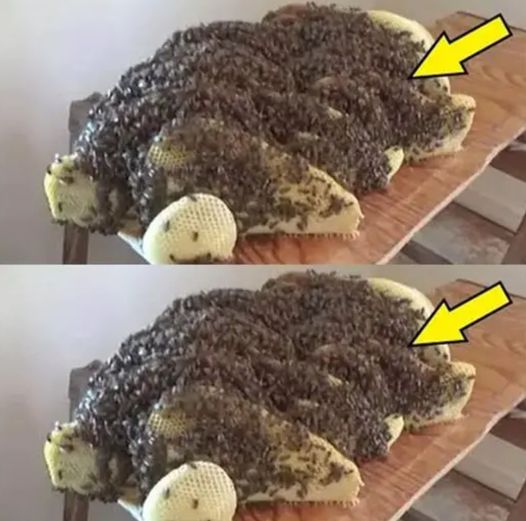Imagine preparing for a quiet night’s sleep, only to find an unwelcome discovery: a wasp nest under your bed. This unsettling scenario recently occurred to a woman, reminding us of the importance of vigilance against these unexpected visitors. While wasps generally build nests outdoors, they can sometimes enter homes, seeking warmth and shelter in undisturbed spaces, like under beds.
Immediate Actions:
- Stay Calm: Wasps are less likely to sting if not provoked. Remaining calm helps prevent escalating the situation.
- Maintain Distance: Avoid approaching the nest closely, as this could agitate the wasps.
- Do Not Disturb the Nest: Attempting to remove or disturb the nest can lead to aggressive behavior from the wasps, potentially resulting in stings.
- Contact Professionals: The safest course of action is to call pest control experts. They have the appropriate equipment and expertise to handle the removal safely.

Preventative Measures: Once the nest is removed, it’s essential to prevent future infestations. Inspect your home for potential entry points, such as cracks in walls or open windows, and seal them properly. Regular inspections of less frequented areas, such as attics, basements, and under furniture, can help detect early signs of wasp activity, allowing you to address the issue before it becomes a problem.
Conclusion: Discovering a wasp nest indoors can be a startling experience, but it’s a manageable situation with the right approach. By staying calm, maintaining a safe distance, and relying on professionals for removal, you can protect yourself and your family. Proactive measures, such as sealing entry points and conducting regular home inspections, can help prevent future incidents, ensuring your living space remains safe and comfortable.
